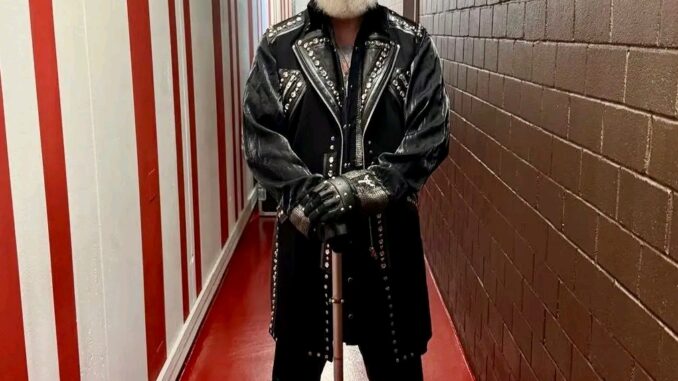
:Okay, I’m gonna set this straight once and for all. Recently, there’s been a lot of buzz—some of it outright inflammatory—suggesting that Rob Halford of Judas Priest isn’t singing live anymore and is instead miming to backing tracks. The talk has mainly erupted due to a fan-filmed video from Rockfest in Turku, Finland, where, during the chorus of a song, the vocals appeared to play even though Halford had momentarily stepped back from the mic. Cue the accusations.
Let’s break this down with some clarity—and respect for a legendary performer.
First off, it’s crucial to understand how modern live concerts work. Almost every major act, particularly those with careers spanning multiple decades, utilizes some form of backing track or pre-recorded element. These are not necessarily there to replace the live performance but to enhance it. They may include harmonies, effects, ambient sounds, or duplicated vocal layers to recreate what fans expect to hear from the studio version. It’s not cheating—it’s production value.
Now, let’s talk about that clip. Yes, the video seems to show Halford away from the mic while vocals continue during the chorus. But what many fail to note is the role of supporting vocal layers and effects in Judas Priest’s live setup. Backing vocals may come from other band members, or in some cases, pre-recorded harmonies are layered underneath the lead to create fullness—especially in complex choruses. This is standard in large-scale metal shows, and it’s not indicative of lip-syncing.
Another factor to consider: Halford is 73 years old. The fact that he’s still touring, performing demanding vocals night after night, is a testament to his dedication and professionalism. He’s not just showing up; he’s delivering power, presence, and theatricality. If there’s the occasional assist—be it backing support or rest during a line—it’s a minor concession to age, not a replacement of talent. Let’s not forget that Halford’s vocal range and intensity were groundbreaking in the ’70s and ’80s, and he remains one of the most influential metal vocalists ever.
Moreover, fans attending these shows continue to report a live, raw energy in Halford’s performances. It’s not sterile, not overly produced, and certainly not the soulless experience you’d expect if he were merely miming. If he were fully lip-syncing, you’d see signs: missed cues, overly polished sound, a lack of breath control indicators, or awkward syncing issues. But that’s not what seasoned fans and reviewers are observing.
Let’s be honest—social media can make a mountain out of a molehill. A single, two-second clip becomes gospel, divorced from the context of the full performance or the technical nuances of live sound engineering.
In short: Rob Halford is still singing live. Maybe there are supporting vocals or moments of sonic reinforcement, but that’s a far cry from “miming.” The man has more than earned the benefit of the doubt. If anything, we should be celebrating that he’s still out there, metal god robes and all, giving it his all.
So before we leap to conclusions based on a phone clip, maybe let’s show some respect for a living legend who’s still doing what few can.
Leave a Reply